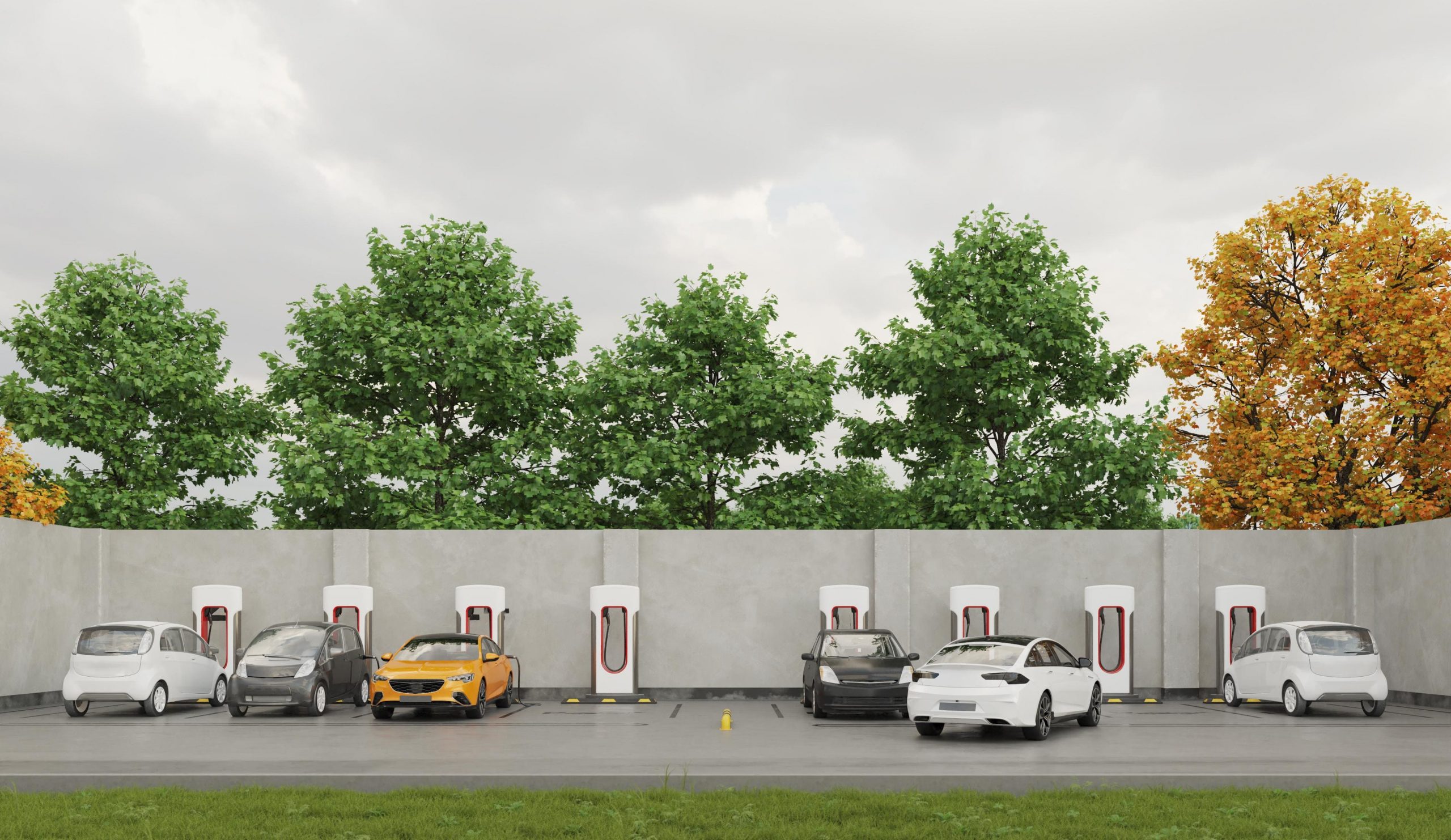Blog
The Future of Automobiles: Exploring Electric and Hybrid Vehicles

The automobile industry is undergoing a profound transformation, driven by a global push for sustainability and the need to reduce our carbon footprint. Electric and hybrid vehicles have emerged as powerful contenders in this journey towards a cleaner, more environmentally responsible future. With their increased efficiency, reduced emissions, and technological innovations, electric and hybrid vehicles are redefining the automotive landscape. Here we will delve into the future of automobiles and explore the rise of electric and hybrid vehicles.
The Rise of Electric Vehicles
Electric vehicles, commonly known as EVs, are the flagship of the green transportation movement. Unlike conventional internal combustion engine (ICE) vehicles, EVs rely on electricity as their primary source of power. The transition from ICE vehicles to EVs represents a paradigm shift in the automotive industry. Let’s explore the key features and advantages of electric vehicles:
Zero Emissions: One of the most compelling advantages of electric vehicles is their minimal environmental impact. EVs produce zero tailpipe emissions, which significantly reduces air pollution and our reliance on fossil fuels.
Energy Efficiency: Electric vehicles are highly energy-efficient. They convert a much larger percentage of the electrical energy from the grid to power at the wheels, making them more efficient than ICE vehicles.
Lower Operating Costs: EVs have fewer moving parts, which means they require less maintenance and have lower operating costs over their lifespan. They also benefit from lower fueling costs, as electricity is generally cheaper than gasoline or diesel.
Quiet Operation: EVs are known for their quiet, smooth operation. Their electric motors produce minimal noise, offering a serene driving experience.
Advanced Technology: Electric vehicles often feature cutting-edge technology, including regenerative braking, fast-charging capabilities, and state-of-the-art infotainment systems.
Long-Term Sustainability: The production of EVs has become more sustainable over the years, with many manufacturers implementing eco-friendly materials and processes.
Hybrid Vehicles: The Best of Both Worlds
Hybrid vehicles combine the benefits of traditional internal combustion engines with electric power. They have the power of an internal combustion engine (ICE) and the efficiency of an electric motor.
These vehicles have become increasingly popular due to their ability to reduce fuel consumption and emissions. There are different types of hybrid vehicles, including parallel hybrids and plug-in hybrids, each offering unique advantages:
Parallel Hybrids: These hybrids use both the internal combustion engine and an electric motor to power the vehicle. They can run on gasoline, electric power, or a combination of both. Parallel hybrids are ideal for city driving and achieving fuel efficiency.
Plug-In Hybrids: Plug-in hybrids have a larger battery capacity and can be charged from an external power source. This allows them to operate on electricity alone for a certain range before switching to the gasoline engine. Plug-in hybrids are versatile and suitable for longer trips.
Hybrid vehicles bring several benefits to the table:
Improved Fuel Efficiency: Hybrids use an electric motor to assist the gasoline engine, resulting in better fuel efficiency and reduced emissions.
Regenerative Braking: Hybrid vehicles often feature regenerative braking systems that capture and store energy when the vehicle is decelerating, further improving efficiency.
Lower Emissions: Hybrid vehicles emit fewer greenhouse gases and other pollutants compared to traditional ICE vehicles.
Reduced Fuel Consumption: With the ability to switch between electric and gasoline power, hybrid vehicles consume less fuel, making them cost-effective in the long run.
Smooth Transitions: Hybrid systems seamlessly switch between electric and gasoline power, providing a smooth and responsive driving experience.
The Road Ahead: Challenges and Opportunities
The future of automobiles, characterized by electric and hybrid vehicles, is promising, but it’s not without its challenges. A few key areas need to be addressed to ensure a smooth transition:
- Charging Infrastructure: Expanding the charging infrastructure is essential to support the growth of EVs. Governments and the private sector need to collaborate to build more charging stations, including fast-charging options for long-distance travel.
- Battery Technology: Continued advancements in battery technology are crucial. Research into materials like solid-state batteries and improved energy density will make EVs more affordable, increase their range, and reduce charging times.
- Sustainability: It’s important to ensure that the production and disposal of EVs and their components are as sustainable as possible. This includes responsible sourcing of materials and battery recycling programs.
- Consumer Education: Many consumers are still unaware of the benefits of electric and hybrid vehicles. Efforts to educate the public about the environmental and cost-saving advantages of these vehicles will be vital.
- Government Support: Government incentives and regulations can play a significant role in driving the adoption of electric and hybrid vehicles. This can include tax incentives for buyers, stricter emissions standards, and investment in research and development.
As the automotive industry continues to evolve, we can expect a future where electric and hybrid vehicles become the norm rather than the exception. The benefits of reduced emissions, improved air quality, and decreased dependence on fossil fuels make this shift a compelling choice for a more sustainable and environmentally friendly transportation future. Pal Auto Garage, The best Auto Service Center in Dubai, as a trusted service provider in UAE, is fully committed to this green evolution, offering top-notch maintenance and support for electric and hybrid vehicles to ensure a smooth and sustainable driving experience.
Recent Posts

When it comes to luxury vehicles, understanding the fundamental components ...
Read more
Tesla has revolutionized the automobile industry with its cutting-edge elec...
Read more
When it comes to selling your car, every aspect matters. While many car own...
Read more
As a luxury car owner in the UAE, you understand the importance of maintain...
Read more
Owning a Tesla is a unique experience, offering a standout luxury drive, th...
Read more


